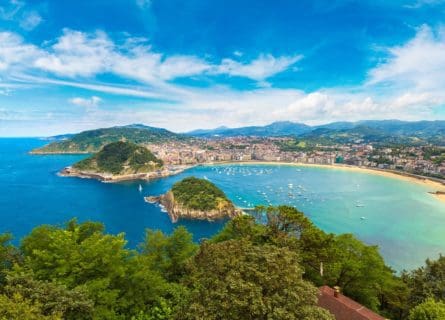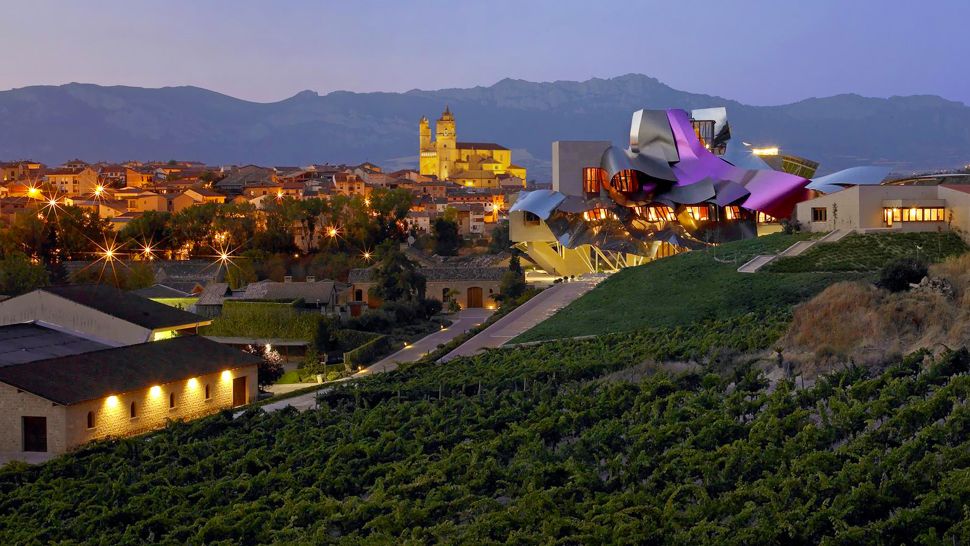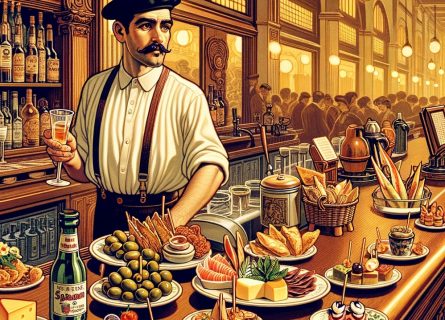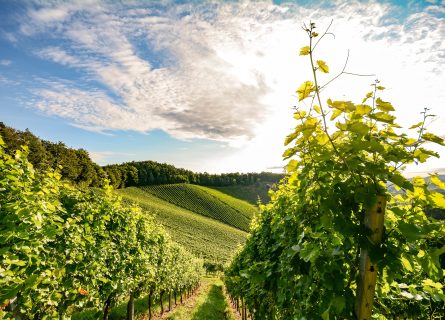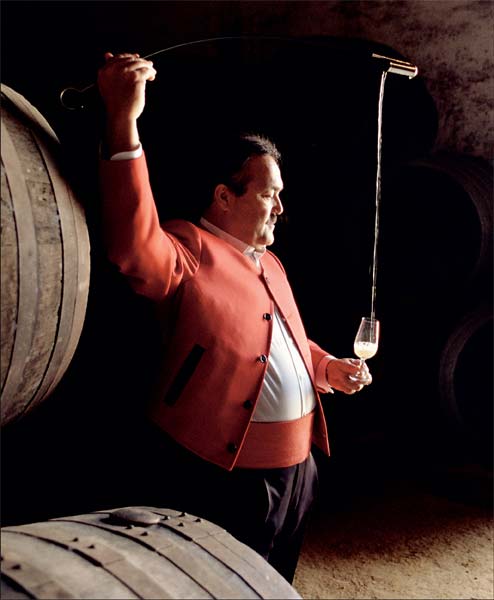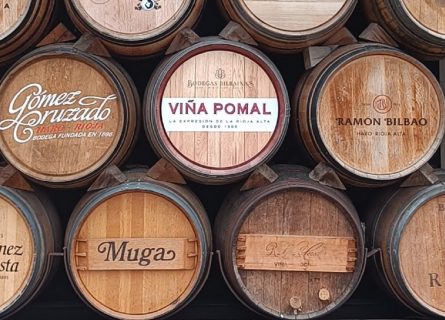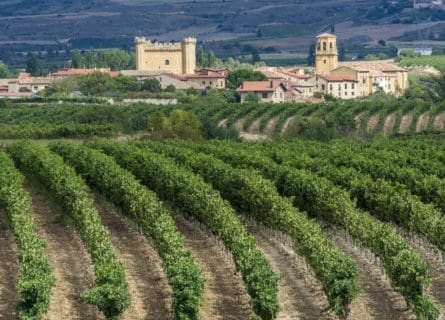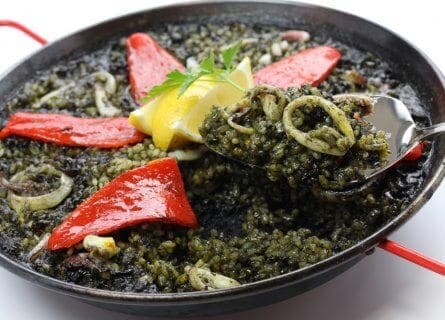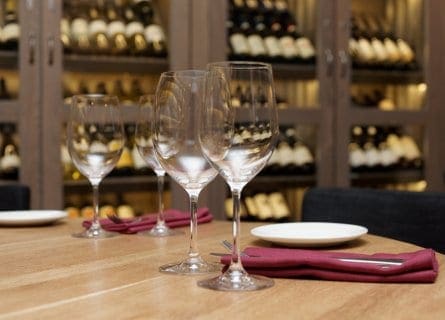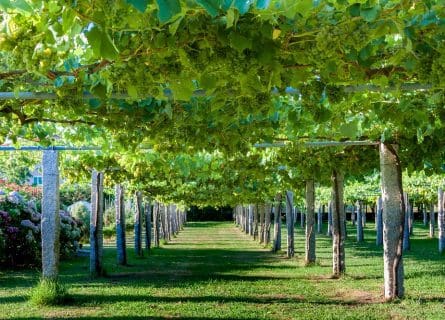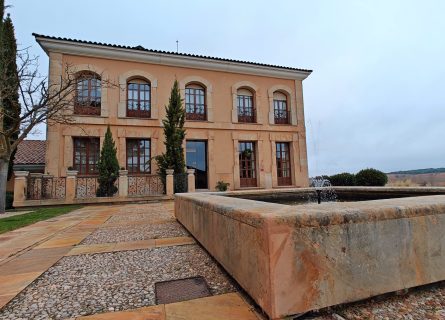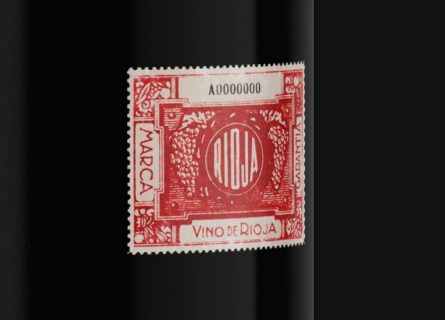Cudillero Travel Guide
Tasting the Flavors of Cudillero: A Food and Wine Lover's Guide
The aptly named Costa Verde or Green Coast is one of northern Spain’s greatest secrets – a succession of attractive sandy coves and dramatic cliffs punctuated by deep estuaries and numerous fishing villages. Among our favorites is Cudillero, a delightful destination full of outdoor cafes and excellent seafood restaurants, which crowd the picturesque plaza beside the port. Behind, cottages painted in a rainbow of pastel colors are scattered over the steep hillside – indeed, this is the antithesis of an over-developed, tacky Spanish resort.
Cudillero is situated in the Spanish region of Asturias, which Neanderthals initially inhabited before local Celtic tribes, known as the Astures, exerted their cultural influence over the region we know as Asturias. They controlled the area until the Romans invaded in 29 BC, led by the First Roman Emperor Augustus.
However, although the Romans controlled much of the Spanish Peninsula, the forbidding terrain of Asturias presented a much more significant challenge, and the Roman cultural influence on this part of Spain was negligible. After the collapse of the Roman Empire in the 5th century, Asturias would remain out of reach for both the Visigoth tribes, who established a capital in Toledo in the 6th century AD, and subsequently the Moors from North Africa.
Indeed, Asturias is very proud that it resisted invasion by the Moors – the reconquest of Spain is said to have begun in 718 when Christians defeated a Moorish force at Covadonga in the Picos de Europa. Subsequently, in 722, a de-facto independent kingdom was established in Asturias called the Regnum Asturoum.
Nonetheless, the history of Cudillero is extremely murky during this period. The first clues appeared in 905 when King Alfonso III was recorded donating funds to churches in the region where Cudillero is today. Then, in the 13th century, a certain Arias González Valdés Obona makes a reference in 1285 to: “a floor in the port of Cudillero, where they could sell bread and a cottage with a sea view that no man can obstruct.”
According to this historian Agustín Bravo, Cudillero’s first inhabitants were fishermen from other ports of the Cantabrian coast, or perhaps people who had escaped the Normans, who settled on this part of the coast due to its east entry and shelter from the more extreme weather of the Atlantic. Over time, particularly in the 15th century, Cudillero became a major fishing center in Asturias, and intrepid fishermen would sail to Scotland and Belgium in search of the perfect catch. Later, during the Spanish conquest of The New World, many sailors from Asturias would play a vital role in the conquest of the Americas. Cudillero’s reputation spread throughout the Spanish Empire.
The 18th century heralded a golden era for the people of Asturias; during the ‘Age of Enlightenment,’ Asturias was one of the great centers of learning and produced several notable thinkers and reformers during the period.
Sadly, the tragic events of the Spanish Civil War would affect the lives of many of Cudillero’s citizens and everyone in Spain. The conflict between the military dictator Franco and the Republican government occurred between 1936 and 1939; both sides committed terrible atrocities, including the murder of 7000 priests, monks, and nuns.
Franco declared himself the victor in 1939 and remained in power until he died in 1975. Franco kept Spain out of both World War Two, but under his dictatorship, personal freedom was severely restricted – divorce was made illegal, and church weddings were compulsory.
Asturias, however, was very much on the side of the Republic. A few months before the Civil War began, the extreme right had been responsible for the shooting of the leader of the Republican Left of Cudillero, Bonifacio Lopez. Therefore tensions were already high, and for a time, the Republicans controlled Oviedo. Unfortunately, Asturias fell to the Nationalists during the battle of El Mazuco in 1937. Many citizens fled to neighboring France during the conflict to escape reprisals from the Nationalist forces, draining the region of its workforce and lifeblood.
After Franco’s death, Spain made a remarkably smooth transition to democracy, and Asturias was granted a much-deserved autonomous status in 1981. The village quickly recovered from the Franco years, and in 1984, the town completed the construction of a new port. Finally, peace and prosperity returned to this unique corner of northern Spain.
Today, Cudillero remains one of Spain’s most charming seaside villages, imbued with remarkable scenic beauty and a lively historic center, which comes alive in the summer months. Yet despite the number of visitors from neighboring regions, Cudillero never feels over-crowded, and a welcoming, relaxed vibe permeates this must-visit part of the majestic Costa Verde.
-
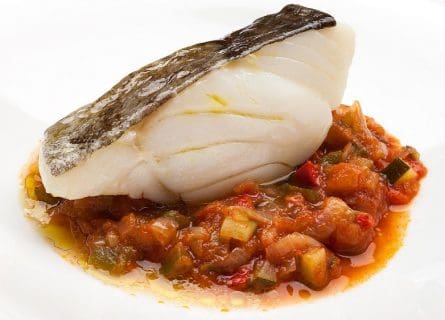
Freshly caught Cod at Restaurante Cabo Vidio (see below) Gastronomy & Wine
Asturians, like their neighbors in the Basque Country, claim to have a formidable gastronomic heritage, and who are we to argue? Indeed, when seafood comes into the equation, Asturias has few equals, and the region is justly renowned for the variety and freshness of the abundant fish and shellfish from the Atlantic.
Meanwhile, vast mountain ranges mean plentiful game, hams, lamb, and cured meats, often combined with beans to form hearty stews. Indeed, beans are an essential element of Asturian gastronomy, and there are many specially cultivated varieties. The best and the most expensive are La Granja beans, which often cost far more than the local game and are probably the best in the world. They come into their own when chefs prepare the local dish Fabada, a savory stew combining pork and beans. Fat buttery beans are simmered with tocino (belly pork), morcilla (black sausage), smoky chorizo sausage, and ham. It’s a wonderful introduction to Asturian culinary art; the beans take on the rich flavor of the meat, especially the tocino.
This is perhaps the real face of ‘la cocina asturiana,’ defined by its heartiness and honesty rather than technical prowess. However, more sophisticated Michelin restaurants are to be found in the region, but generally, locals prefer tried-and-tested culinary techniques rather than molecular gastronomy. Which, incidentally, can be found in abundance in Cudillero. The seafront-facing square is full of seafood restaurants, some of which are better than others. Our favorite is Opera Cudillero (Plaza Marina), which serves traditional dishes in the most friendly and inviting surroundings. Bar el Rincon de Berto is the place to go looking for seafood tapas washed down with a glass (or a few) of local cider.
Speaking of cider, you’re in for a treat as Asturia’s is arguably the finest producer of fermented apple juice in Europe. It is always served traditionally: the cider poured from a great height into the glass, the oxygen it acquires on the way down, giving the drink an essential kick of freshness. Top producers include Tierra Astur and Los Pomare, although most restaurants will also have a good selection of wines, including Albariño from Galicia and Rioja.
Highlights
-
Restaurante Cabo Vidio
Cabo Vidio Restaurant Cudillero is a delightful culinary destination near the picturesque coastal town of Cudillero, Spain. This charming restaurant is known for its delectable seafood dishes that are freshly caught from the nearby Asturian sea and its warm and welcoming atmosphere. So whether you’re a seafood lover or simply looking to savor the region’s flavors, Cabo Vidio Restaurant Cudillero will surely delight your taste buds and leave a lasting impression.
-
San Pedro Church
A truly captivating building, Cudillero’s church was rebuilt in the Gothic style, despite its 16th-century origins. It boasts a beautiful single nave with a cross vault and a semicircular apse. During the Spanish Civil War, it was burned down and restyled in the bold Gothic mantra we see today.
-
Mirador de la Garita-Atalaya
The village’s most famous monument, the Mirador de la Garita-Atalaya, is an old lookout, reached by a winding stairwell at the top of the village. The reward is a spectacular view of the surrounding coastline.
-
Parque Nacional de los Picos de Europa
These spectacular mountains were supposedly christened the ‘Peaks of Europe’ by returning sailors for whom this was often the first site of their homeland. The range is today Europe’s biggest national park and is easily accessible from Cudillero. Expect deep winding gores, verdant valleys, and astounding flora and fauna.
Recommended for you
More information
If you would like us to customize an exclusive luxury tour, contact us and let us know your travel plans. We offer luxury food and wine tours for private groups of a mininium two guests. In addition, all of our private, chauffeured tours are available year-round upon request.


